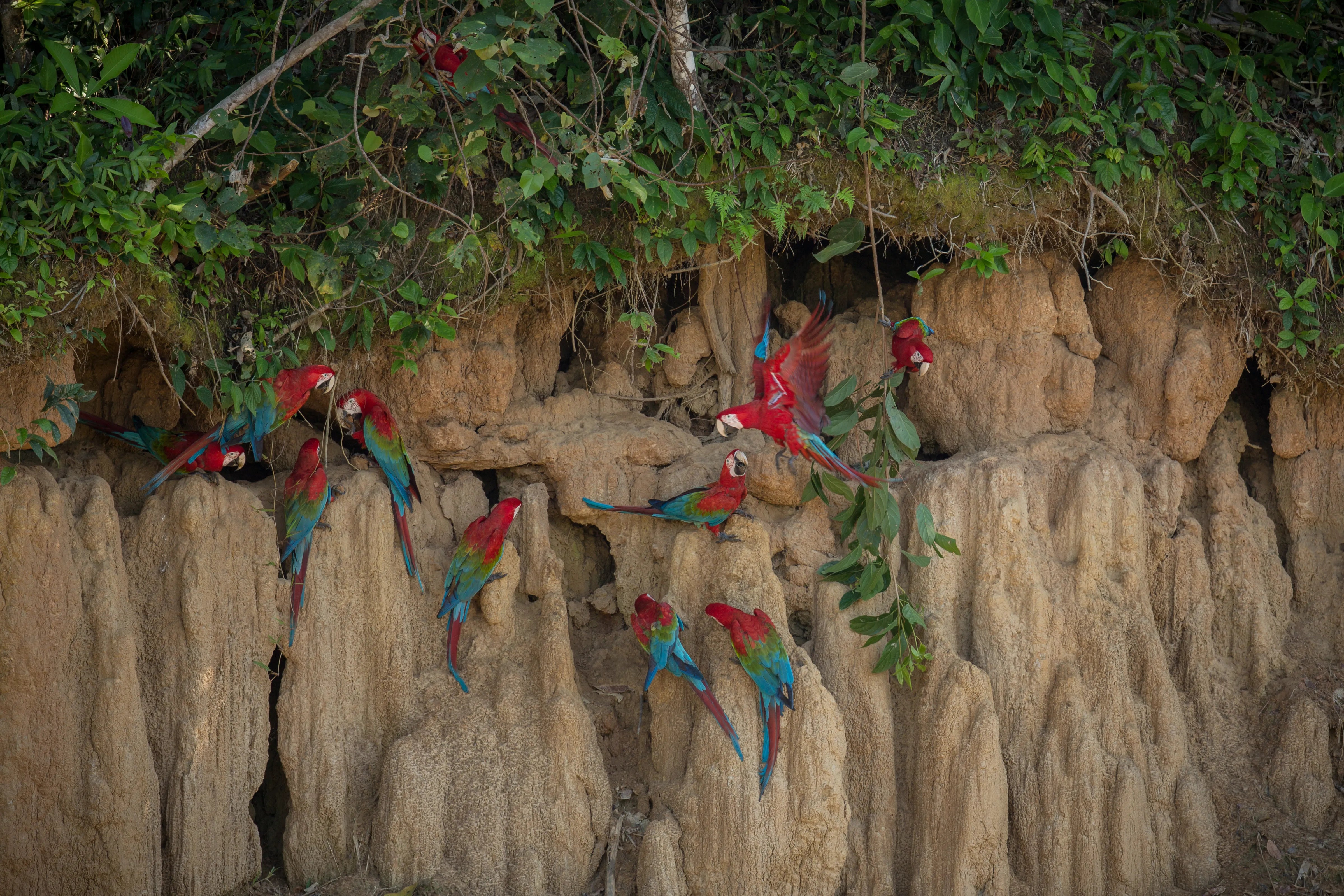The Tufted Titmouse (Baeolophus bicolor) is a small, lively songbird that has captured the hearts of many bird enthusiasts across eastern North America. With its distinctive gray crest, large black eyes, and inquisitive personality, this bird is a frequent visitor to backyard feeders and a delight to watch in the wild. Whether you are a beginner birdwatcher or a seasoned ornithologist, the Tufted Titmouse offers endless charm and fascinating behaviors worth observing.
🔍 Physical Description
The Tufted Titmouse is a petite bird, measuring around 5.5 to 6.3 inches in length, with a wingspan of 7.9 to 10.2 inches.
- Plumage: Soft gray upperparts, white underparts, and a subtle peach or rust-colored wash along the flanks.
- Crest: A prominent gray tuft on top of the head gives the bird its name.
- Eyes: Large, dark eyes that give it a curious and alert expression.
- Sex differences: Males and females look alike, which can make it tricky to tell them apart.
🌎 Habitat and Range
The Tufted Titmouse thrives in a variety of habitats:
- Geographic range: Primarily found in the eastern and southeastern United States.
- Preferred environment: Deciduous and mixed woodlands, parks, and suburban areas with mature trees.
- Seasonal presence: Unlike many migratory songbirds, they are year-round residents, meaning you can spot them even during snowy winter months.
Tip: Including a Tufted Titmouse range map in your article can help birders visually understand where they might find these birds.
🐦 Look-Alike Species: How to Tell Them Apart
Many backyard birdwatchers confuse the Tufted Titmouse with other small gray songbirds. Here’s a quick comparison:
| Species | Crest Color | Range | Song | Key Difference |
|---|---|---|---|---|
| Tufted Titmouse | Gray crest | Eastern US | “Peter-peter-peter” | Subtle peach flanks |
| Black-crested Titmouse | Black crest | Texas, Oklahoma | Short, sharp whistle | Limited to southwestern range |
| Carolina Chickadee | No crest | Southeastern US | “Fee-bee-fee-bay” | Smaller, black cap and bib |
🍽 Diet and Feeding Habits
The Tufted Titmouse has a varied and adaptable diet:
- Seeds & nuts: Especially fond of black oil sunflower seeds, peanuts, and suet.
- Insects: Caterpillars, beetles, and spiders provide protein, particularly during breeding season.
- Food caching: Tufted Titmice often store food in tree bark crevices or leaf litter, returning later to retrieve it. Their excellent memory allows them to locate dozens of hiding spots.
🐣 Breeding and Nesting
Tufted Titmice are cavity nesters:
- Nesting season: Early spring through summer.
- Nest sites: Old woodpecker holes, natural tree cavities, or man-made nest boxes.
- Clutch size: Usually 5–7 eggs, which are white with fine reddish-brown speckles.
- Incubation: Lasts 12–14 days, with the female incubating while the male provides food. Both parents feed the chicks until they fledge at about 15–16 days old.
🎶 Behavior and Vocalizations
One of the easiest ways to identify a Tufted Titmouse is by its voice:
- Song: A clear, whistled “peter-peter-peter” call, repeated several times.
- Behavior: Agile and quick, often seen hopping through branches or hanging upside-down to reach food.
- Flock dynamics: Frequently forages in mixed-species flocks with chickadees, nuthatches, and woodpeckers during the non-breeding season.
🌱 Ecological Role and Conservation Status
The Tufted Titmouse plays an important role in its ecosystem:
- Pest control: By eating caterpillars, beetles, and spiders, they help manage insect populations in gardens and forests.
- Seed dispersal: They contribute to forest regeneration by caching seeds, some of which germinate.
- Conservation status: According to the IUCN, the Tufted Titmouse is listed as Least Concern, with a stable population trend — but maintaining mature tree habitats is vital for their long-term survival.
🏡 Attracting Tufted Titmice to Your Yard
If you want to enjoy their company up close:
- Feeders: Offer black oil sunflower seeds, shelled peanuts, or suet in platform or tube feeders.
- Planting: Grow native trees and shrubs that provide both food and shelter.
- Water source: A birdbath, especially with moving water, will attract them year-round.
- Nest boxes: Install properly sized birdhouses to encourage breeding pairs.
💡 Fun Facts
- Tufted Titmice can remember the location of hundreds of stored food items, even weeks later.
- They sometimes pluck hair from mammals — including dogs, squirrels, and even humans — to line their nests.
- Despite their small size, they can be surprisingly bold, often standing their ground at feeders against larger birds.
📚 FAQ about Tufted Titmouse
Q: Do Tufted Titmice migrate?
A: No, they are year-round residents in their range, which means you can see them even in winter.
Q: What does the Tufted Titmouse call sound like?
A: Their song is often described as a clear “peter-peter-peter,” repeated several times.
Q: How can I tell a Tufted Titmouse from a chickadee?
A: Look for the crest — Tufted Titmice have a gray tuft on their head, while chickadees do not.
Q: What is the Tufted Titmouse lifespan?
A: In the wild, they can live about 2–3 years on average, though some reach over 10 years.
Q: Do Tufted Titmice use birdhouses?
A: Yes, they will readily use a properly sized nest box, especially if placed near mature trees.
📝 Conclusion
Whether it’s the crisp whistle on a frosty morning or the quick flash of a gray crest at your feeder, the Tufted Titmouse brings life, color, and personality to any backyard. By providing food, water, and safe nesting spaces, you can turn your garden into a welcoming haven for these delightful birds.
If you’d like to attract more of them, a quality smart bird feeder from Bilantan can help you watch their charming behavior up close — and maybe even capture a few unforgettable photos.




Leave a comment
All comments are moderated before being published.
This site is protected by hCaptcha and the hCaptcha Privacy Policy and Terms of Service apply.